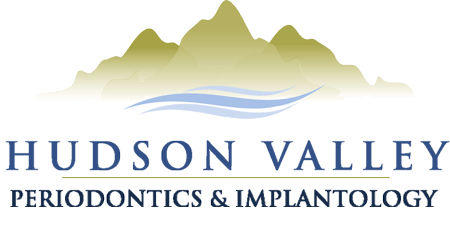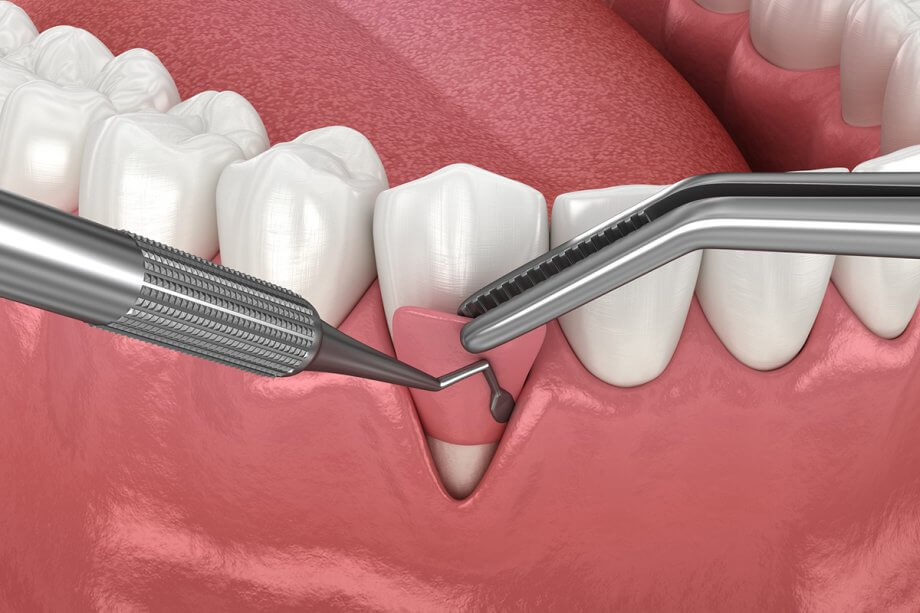Gum grafting is a procedure used to replace lost gum tissue. Gums can recede (pull away from the teeth) due to gum disease, teeth grinding, or overly vigorous brushing. When this occurs, the roots of the teeth are exposed, leading to sensitivity and increased risk of decay, as well as cosmetic concerns for your smile.
But there is good news for those with receding gums. Gum grafting is a relatively simple procedure that can reverse the effects with minimal downtime. And if you follow these tips you can have an even smoother recovery.
What is Gum Grafting?
During a gum grafting procedure tissue is taken from another part of the mouth, typically the upper palate (roof of the mouth), and applied to the teeth where the gum tissue has receded. The new tissue is sutured into place, allowing time for it to heal and bond to the teeth. Local anesthesia is used to numb the areas being treated, but sedation is available upon request. Gum grafting can be done on anywhere from one to all of your teeth.
What to Expect Immediately After the Procedure
Common symptoms you may experience in the first hours and days following your gum grafting procedure:
- Swelling. It is normal to experience some swelling where the tissue was taken and where it is sutured to the existing gum tissue.
- Bleeding. You may have some bleeding following the procedure, but it should subside within a few hours. If you still have bleeding after 24-48 hours, give us a call.
- Discomfort. The affected areas may be tender or sore for the first few days following your procedure. Over the counter pain relievers are helpful, especially anti-inflammatory medications.
Recovery Tips
The following tips can help ensure you have a smooth recovery:
- Eat a soft diet. It is best to consume only liquids and soft foods such as pudding, jello, applesauce, and yogurt. Avoid any hot or spicy foods or beverages.
- Take over the counter pain relievers. In most cases over the counter pain relievers provide sufficient relief after gum grafting. If not, we may be able to prescribe some medication.
- Apply ice or cold compress. To reduce swelling and inflammation, apply ice or a cold compress to the face outside of your mouth. Avoid direct contact with the affected area. Drinking ice cold beverages can also help.
- Avoid drinking from a straw. It is always important to avoid drinking from a straw after oral surgery. The suction can dislodge blood clots that are necessary for healing.
- Don’t smoke or drink alcohol. These can slow healing and extend your recovery time.
- Stay hydrated. Drink plenty of fluids during your recovery to keep your body well hydrated. This helps to increase blood flow to the affected areas and rinses away bacteria that can cause infection.
- Take it easy. Rest on the day of your procedure as well as the following day as needed. Avoid strenuous exercise for about a week.
Oral Hygiene Practices During Recovery
Don’t brush or floss the affected areas of your mouth until we give you permission to do so. You can rinse your mouth carefully with warm salt water a few times a day to wash away food particles and bacteria.
The Importance of Follow-Up Appointments
You will need to schedule a follow-up appointment about 1-2 weeks after the procedure. This allows us to assess your recovery and determine if any additional care is needed. We can give further instructions based on your rate of healing regarding diet and oral hygiene.
When to Call Us
If you experience any unusual symptoms following your procedure, please contact us right away. Examples include:
- Uncontrolled bleeding
- Excessive swelling or discomfort
- Fever
- Loose tissue (indicating the graft may have come loose)
Finding a Quality Periodontist
If you have severe gum recession, it may be necessary to seek treatment. Gum grafting is a viable option for many patients who have exposed roots due to receding gums. Hudson Valley Periodontics and Implantology provides gum grafting as a solution to restore support and protection that may have been lost due to gum recession. Our team of highly qualified periodontists have the experience and skill that results in a smoother, faster recovery. Contact us today to schedule a consultation.
Frequently Asked Questions About Gum Grafting
How long does it take to recover from gum grafting?
You can expect to need about 24-48 hours to rest after the initial procedure, with full healing in 2-4 weeks. The rate of recovery may vary for each patient based on individual rates of healing and follow-up care.
How many follow-up appointments will I need after gum grafting?
You will typically need about 2 appointments, one about a week after the procedure, and another a few months later but within the same year.
Hudson Valley Periodontics and Implantology provides a wide range of periodontal services and procedures in a modern, comfortable environment. Our specialized services are designed to improve oral health in a variety of ways from restoring dental support to replacing missing teeth. Contact us today to learn more and schedule an appointment.

